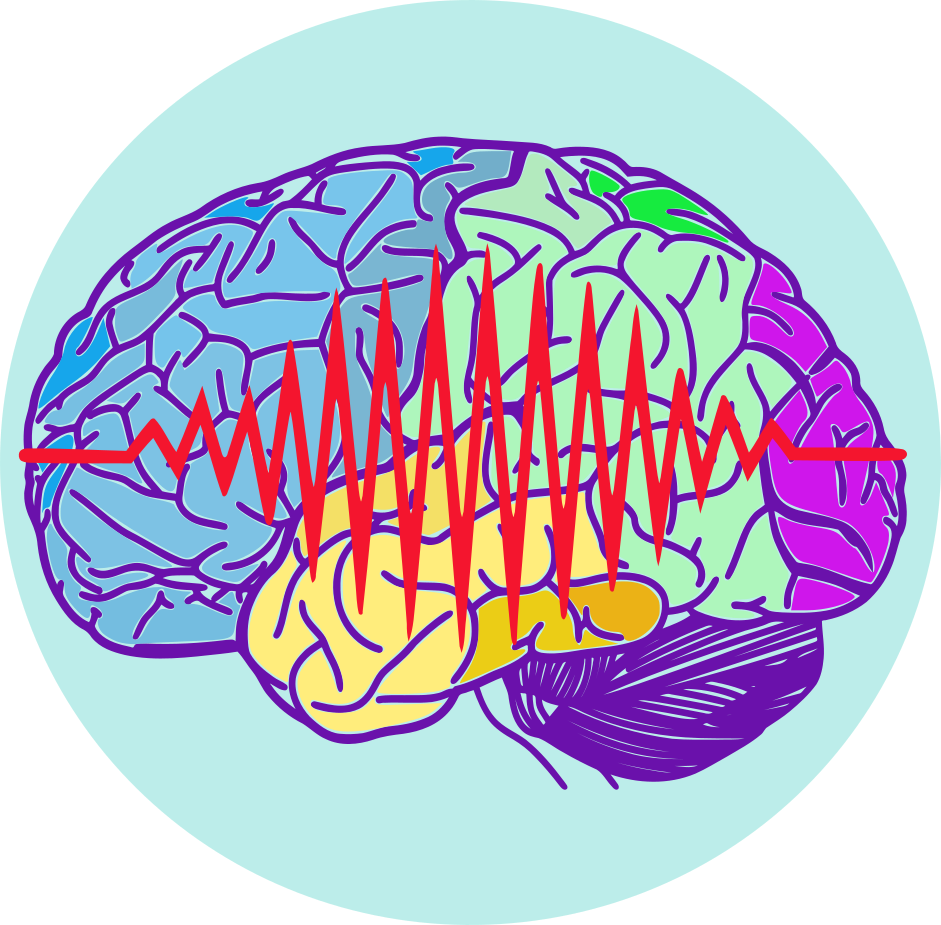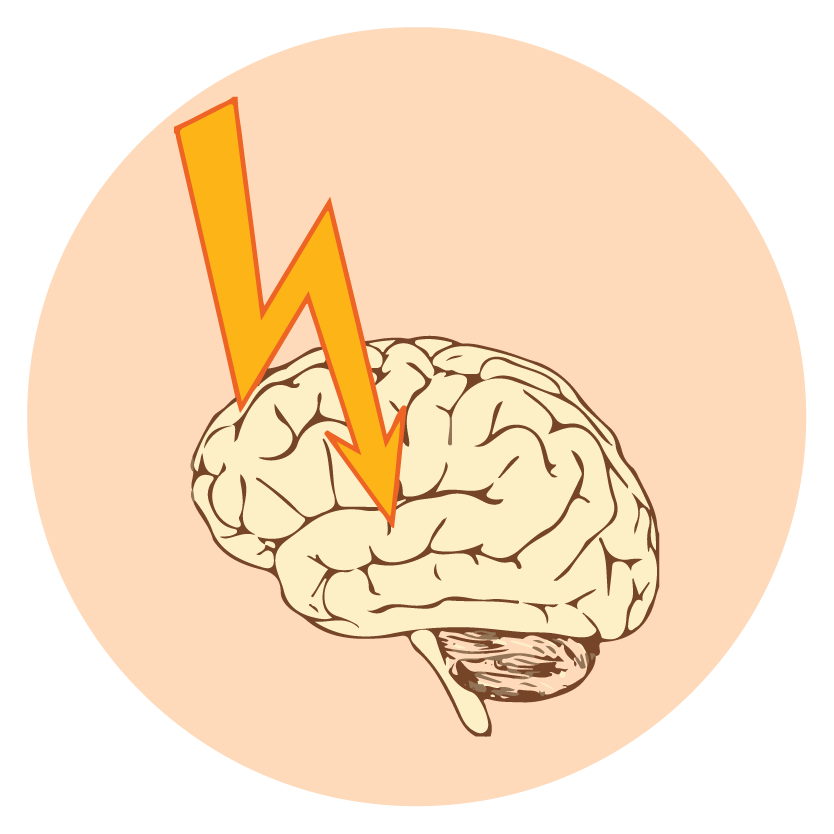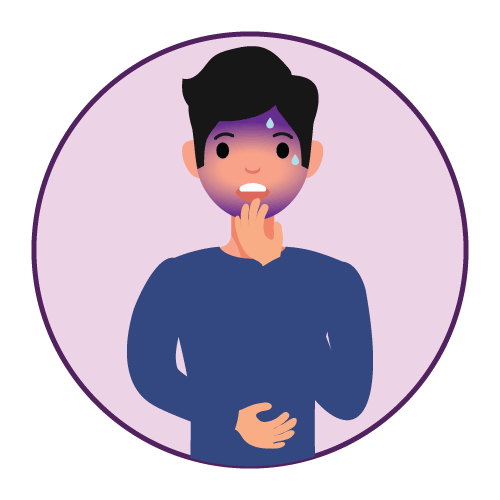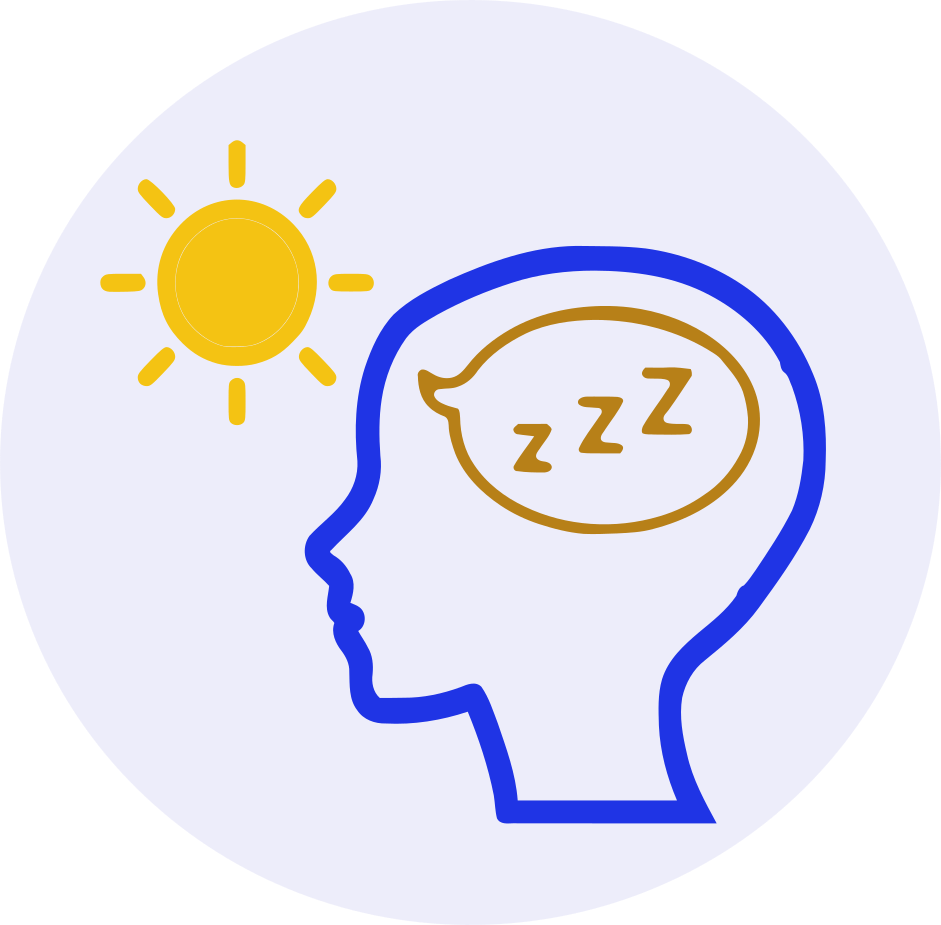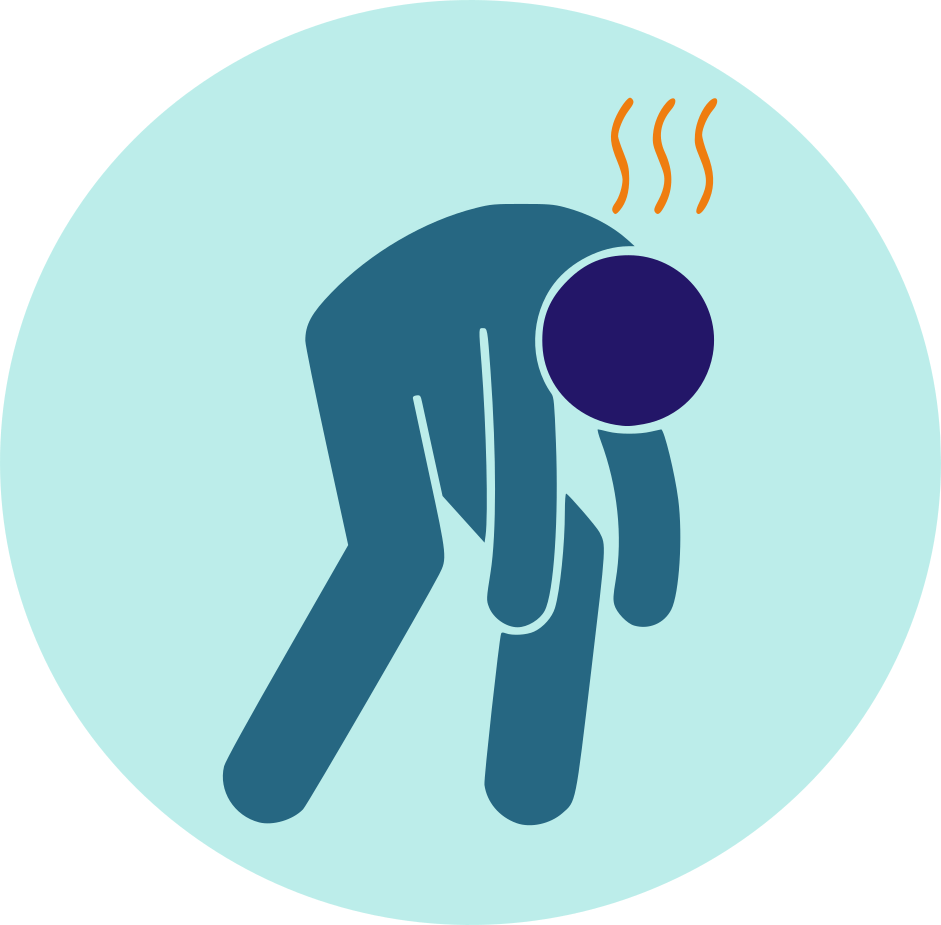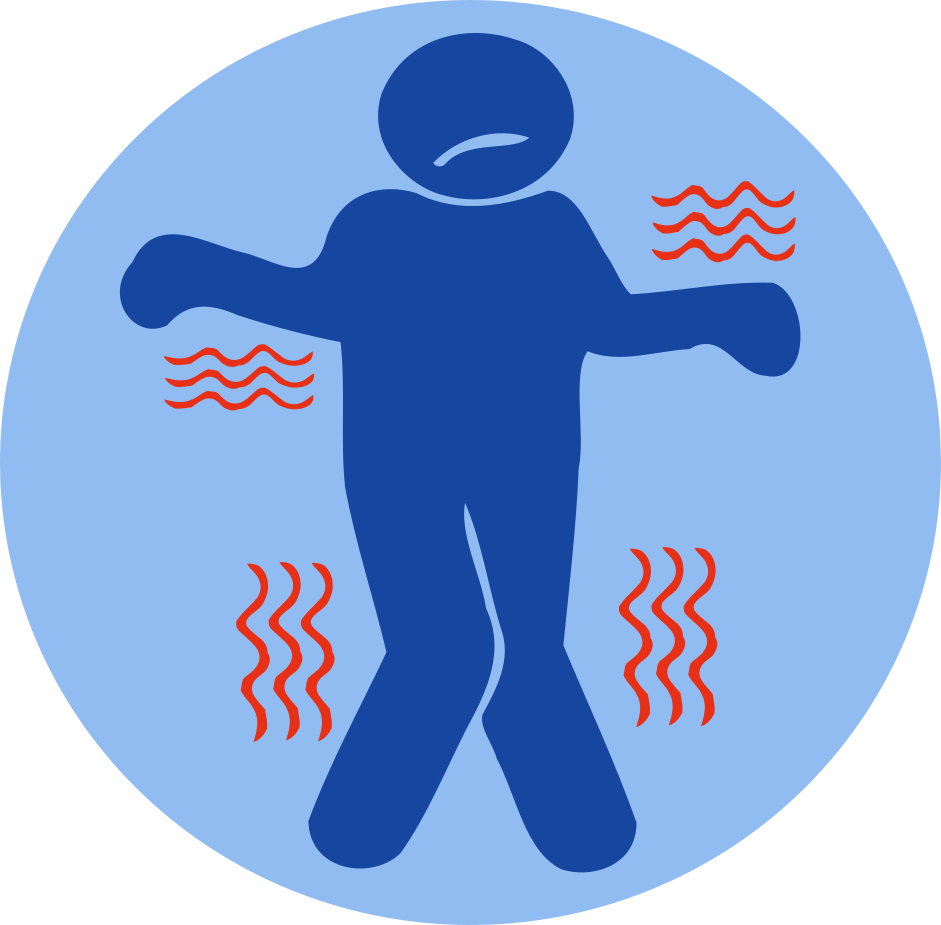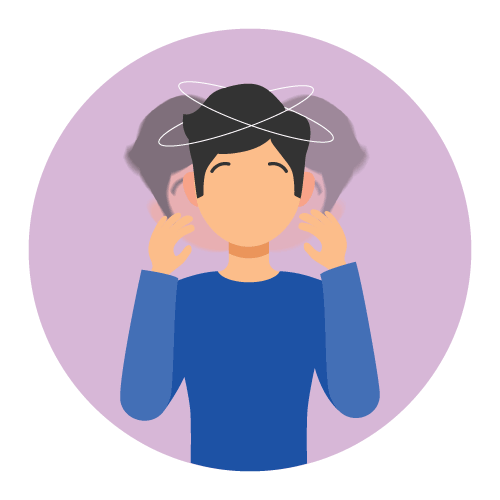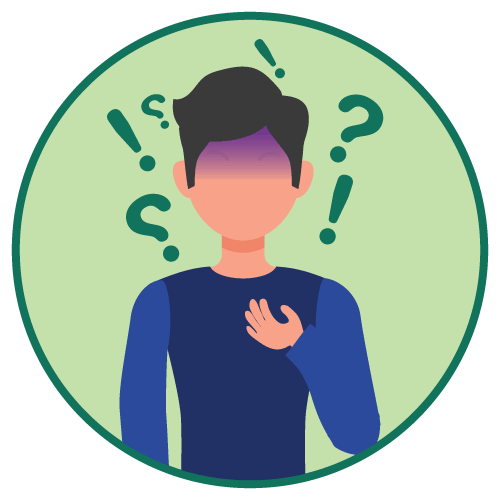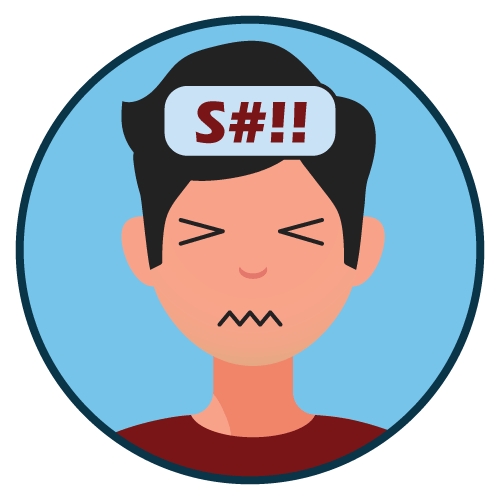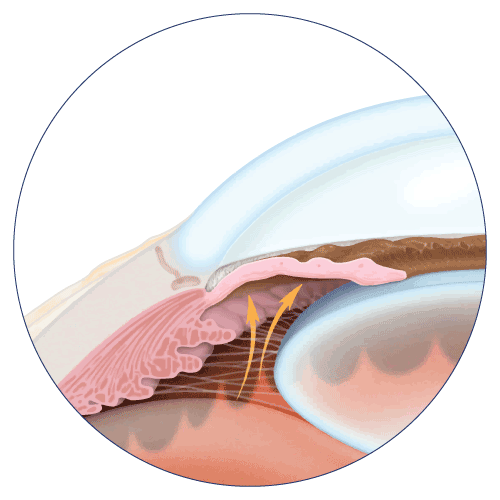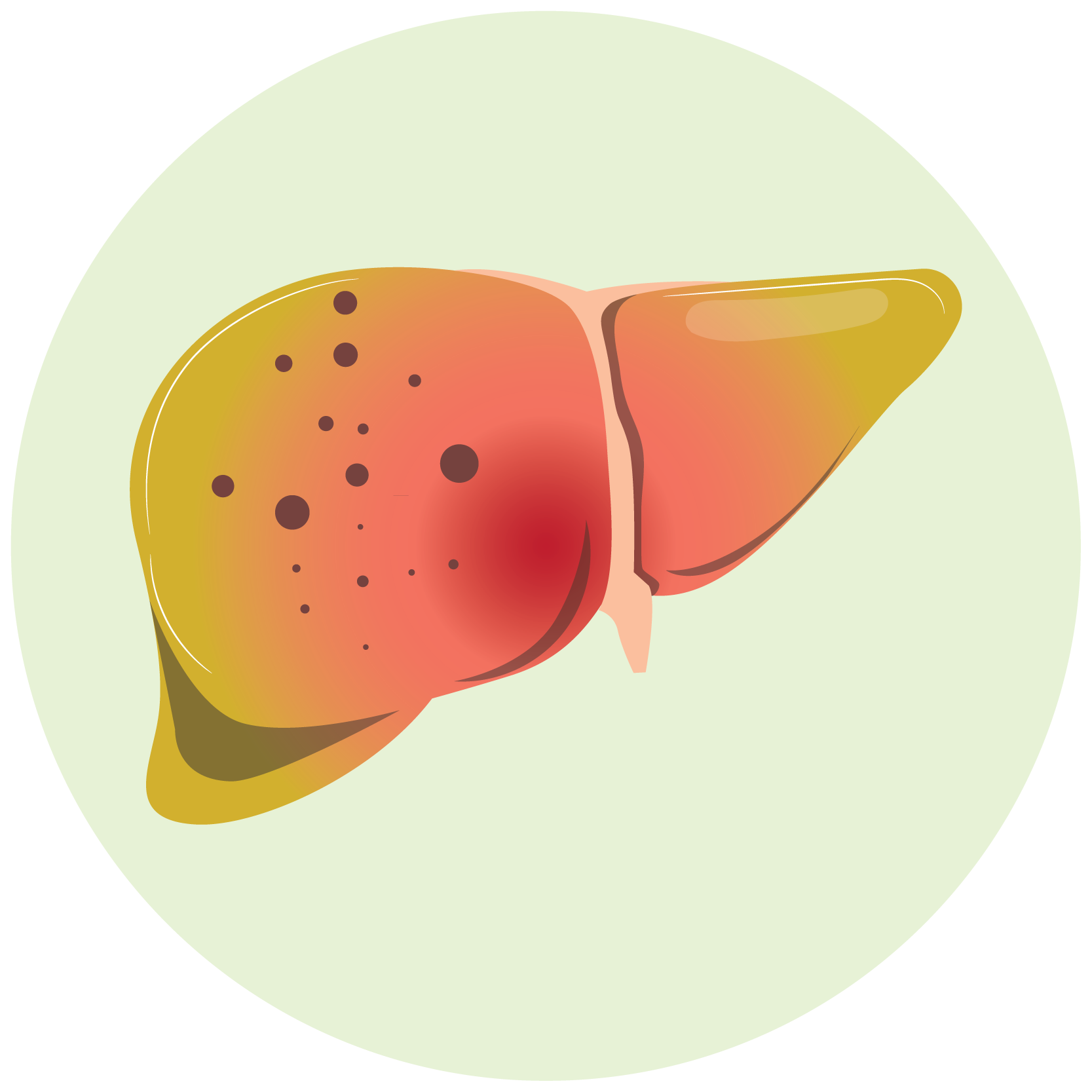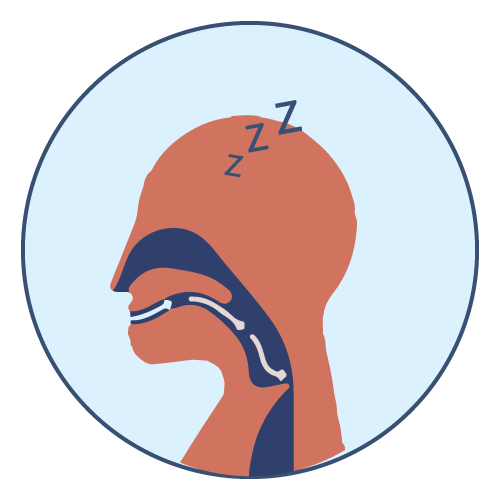| Name | Clonazepam |
| Classes |
Central Nervous System Agent Anticonvulsant / Antiepileptic Agent Psychotherapeutic Agent Anxiolytic Benzodiazepine Sedative and Hypnotic |
| Diseases |
Mental Disorder Panic Attack Seizure |
Clonazepam
Clonazepam is a GABA-A receptor agonist. GABA receptors when stimulated produces inhibitory effects on other neuronal signals. They produce anxiolytic effect by inhibiting excitatory signals produced in the neurons of amygdala, which causes anxiety.
- Seizure & Epilepsy Disorders: Clonazepam can be used alone or in combination with other medications to treat Lennox-Gastaut syndrome (petit mal form), akinetic, and myoclonic seizures. Clonazepam may be effective in people with absence seizures (petit mal) who have not responded to succinimides. In certain trials, up to 30% of patients had a decrease of anticonvulsant activity within three months of treatment.
- Panic Disorder: Clonazepam is used to treat panic disorder, both with and without agoraphobia, according to the DSM-IV. Panic disorder is defined by the occurrence of unexpected panic attacks, as well as the associated fear of having further attacks, anxiety about the implications or repercussions of the attacks, and/or a major change in behavior as a result of the attacks.
Clonazepam can be taken as a pill. The tablets should be swallowed whole after being taken with water.
Seizure Disorders
- Adults: For adults with seizure disorders, the initial dose should not exceed 1.5 mg/day, divided into three doses. Dosage can be raised in 0.5 to 1 mg increments every 3 days until seizures are under control or side effects prevent further increases. Depending on the patient's response, the maintenance dosage must be customized for each patient. The maximum daily dose that should be taken is 20 mg.
- Pediatrics: Clonazepam is a drug that is taken by mouth. To avoid drowsiness, the initial dose for babies and children (up to 10 years of age or 30 kg of body weight) should be 0.01 to 0.03 mg/kg/day, divided into two or three doses. Unless seizures are controlled or adverse effects prevent further increase, dosage should be raised by no more than 0.25 to 0.5 mg every third day until a daily maintenance dose of 0.1 to 0.2 mg/kg of body weight is attained. The daily intake should be divided into three equal amounts wherever possible. If the doses are not evenly distributed, the highest dose should be administered first before retiring.
- Geriatrics: There is no clinical trial experience with Clonazepam in seizure disorder patients 65 years of age and older. In general, elderly patients should be started on low doses of Clonazepam and observed closely.
Panic Disorder:
- Adults: For individuals with panic disorder, the starting dose is 0.25 mg twice a day. After 3 days, most patients may receive a 1 mg/day increase in their target dose. The suggested amount of 1 mg/day is based on the findings of a fixed dose trial, which found that 1 mg/day produced the best benefits. Treatment should be discontinued gradually, with a decrease of 0.125 mg bid every 3 days, until the drug is completely withdrawn.
Clonazepam has the following side effects-
- Interference With Cognitive and Motor Performance: Since Clonazepam produces CNS depression, patients receiving this drug should be cautioned against engaging in hazardous occupations requiring mental alertness, such as operating machinery or driving a motor vehicle.
- Suicidal Behavior and Ideation: Antiepileptic drugs (AEDs), including Clonazepam, increase the risk of suicidal thoughts or behavior in patients taking these drugs for any indication. Patients treated with any AED for any indication should be monitored for the emergence or worsening of depression, suicidal thoughts or behavior, and/or any unusual changes in mood or behavior.
- Worsening of Seizures: Clonazepam may increase the incidence or hasten the development of generalized tonic-clonic seizures in patients who have multiple distinct forms of seizure disorders (grand mal). This may necessitate the addition of or an increase in the dosage of anticonvulsants. The usage of valproic acid and Clonazepam at the same time can result in a state of absence.
- Risks of Abrupt Withdrawal: The abrupt discontinuation of Clonazepam, especially in patients who have been on high-dose medication for a long time, might cause status epilepticus. As a result, while stopping Clonazepam, it's critical to do so gradually. While Clonazepam is being gently tapered off, it may be necessary to switch to another anticonvulsant at the same time.
- Caution in Renally Impaired Patients: Clonazepam's metabolites are eliminated via the kidneys, hence caution should be used when administering the medicine to patients with compromised renal function to avoid excessive buildup.
- Dose Changes: To ensure the safe and effective use of benzodiazepines, patients should be told that, because benzodiazepines can cause psychological and physical dependence, they should consult with their doctor before increasing the dose or abruptly quitting this medication.
Contraindication
Contraindicated in patients hypersensitive to Clonazepam or other benzodiazepines, such as-
None known.
Contraindicated in-
- Narrow angle glaucoma
- Severe hepatic dysfunction
- Myasthenia Gravis
 Bangla
Bangla English
English